Traveling to Costa Rica: what dangers await tourists
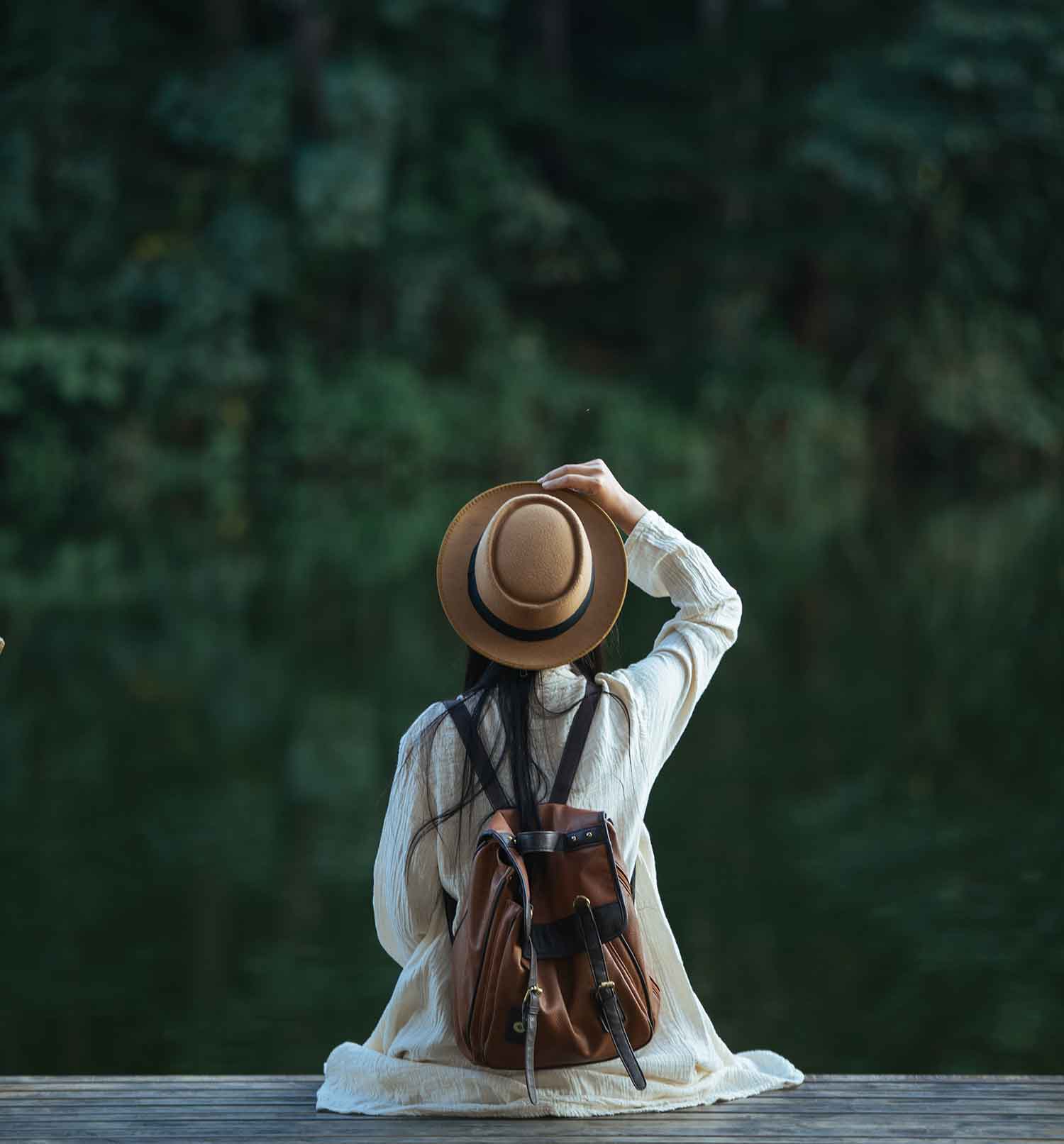
Hello, future female traveler!
If you're considering traveling to Costa Rica, you're undoubtedly wondering about the risks of this destination. I completely understand this concern!
Yes, Costa Rica is generally safe, however, as in all countries, certain risks exist. Don't panic—with good preparation and the right safety measures, you can travel solo in Costa Rica with peace of mind.
I've met numerous solo female travellers who, like me, enjoyed the tranquility and beauty of Costa Rica's national parks without major issues. We women support each other — join NomadSister: good tips, safe accommodations, and mutual support among female travellers.
Is Costa Rica a danger-free country?
When discussing safety in Costa Rica, the picture is nuanced. The country is often presented as one of the most stable in Latin America. Especially when compared to Countries to avoid in South America. Nicknamed the "Switzerland of Latin America", it stands out for its political stability and lack of an army (since 1948), a unique case in the region.
Recent crime statistics

Homicide rate in Costa Rica from 2014 to 2023 (number of homicides per 100,000 inhabitants) Source: Statista.com
Statistics demonstrate that the country remains relatively safe for tourists. The most frequent issues are pickpocketing and theft of valuables left unattended. Violence towards tourists remains rare.
Lively Cities, Necessary Precautions!
In San José, the capital, I quickly understood that certain neighbourhoods should be avoided in the evening, such as Calle 6 or Barrio Cristo Rey. Petty thefts, sometimes violent, are common, particularly in tourist areas and public transport. So, keep your valuables well hidden, in a travel money belt.
Scams and Traveller Theft
Some frauds are common: fake guides, inflated prices, monitored cash withdrawals... I met a traveller who had her bag stolen while taking a photograph. Be vigilant in crowded places, such as beaches or bus terminals. And be wary of overly helpful people, especially if you are travelling alone.
Comparison with Other Latin American Destinations
Compared to other Latin American countries, Costa Rica has a reputation as a stable and welcoming nation. According to the 2024 Global Peace Index, it ranks first among Central American countries and among the least dangerous in Latin America.
Principal Natural Dangers in Costa Rica
Earthquakes and Volcanic Activity
What I love about Costa Rica is its wild nature that overflows everywhere. But it also comes with some natural inconveniences that should not be underestimated.
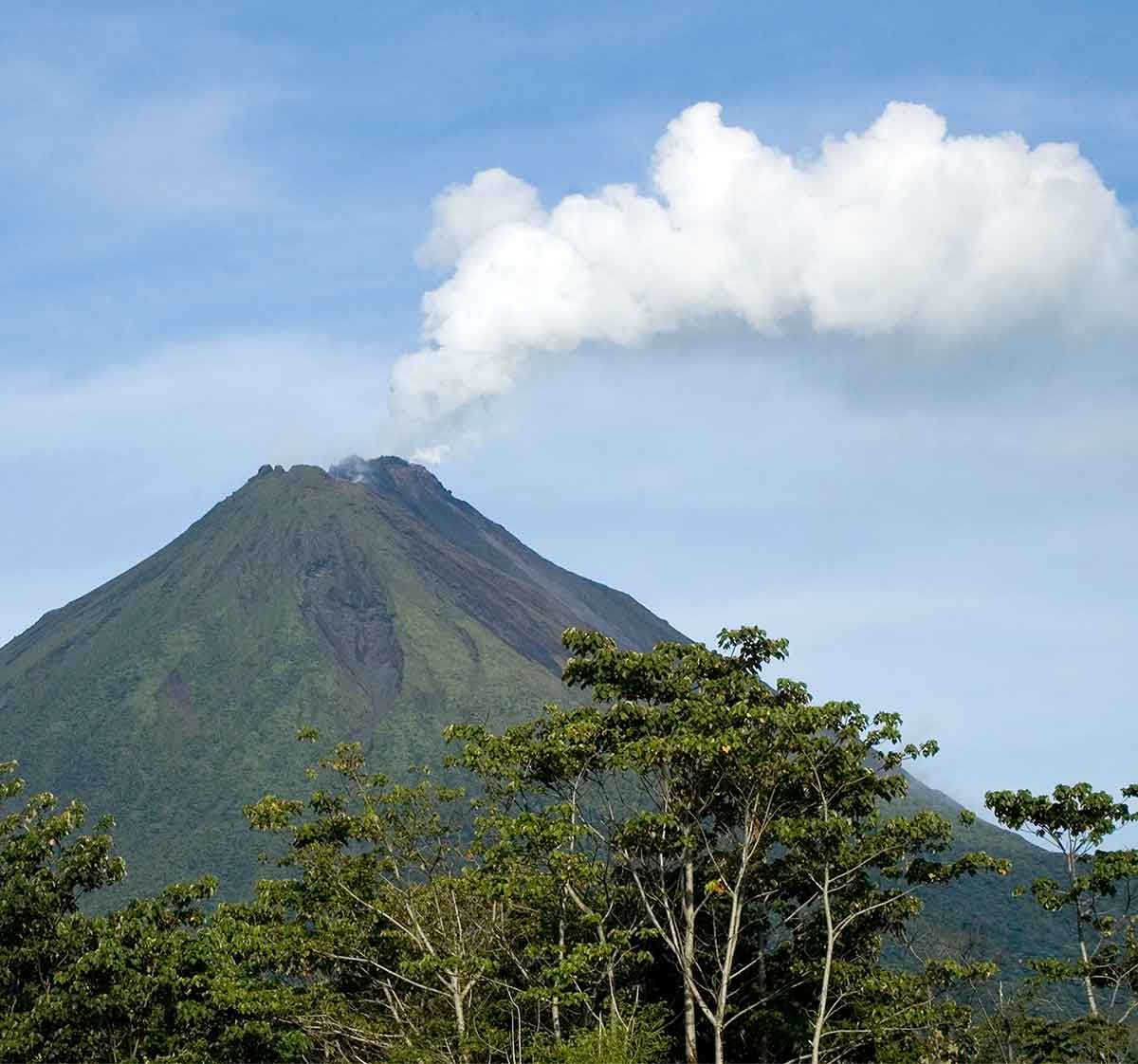
The areas most exposed to tremors are primarily in the central valley and along the Pacific coast.
Extreme Weather: Hurricanes and Floods
Costa Rica can experience extreme weather conditions, particularly during the rainy season (May to November). Floods represent the most common problem, especially in coastal areas and valleys.
Fauna and Flora: Beauty and Precautions
Costa Rica's rich biodiversity includes potentially dangerous wildlife. The country hosts several venomous snakes, like the fer-de-lance that I spotted during a night hike in Tortuguero. Spiders and crocodiles (yes, I saw one while kayaking!), it's better to stay cautious.
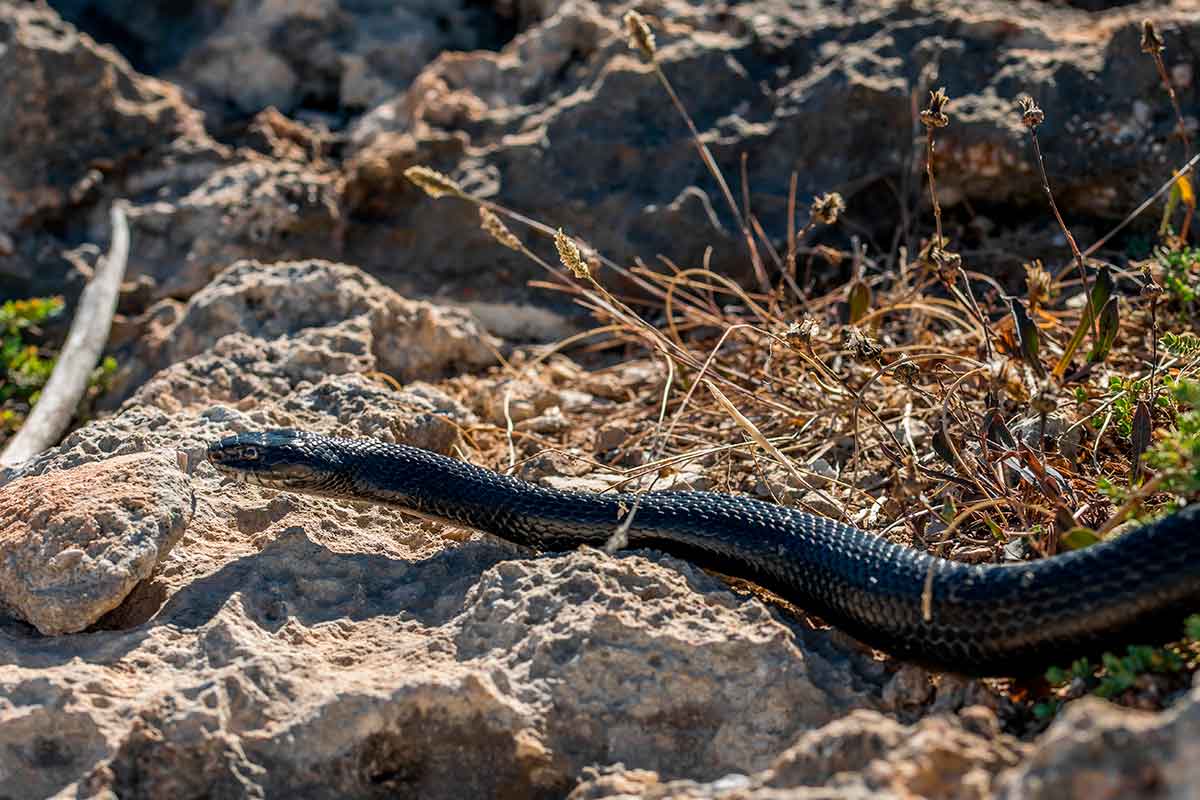
- Regular application of DEET repellent,
- Covering clothing, especially at dawn and dusk,
- Use of mosquito nets if necessary.
Precautions to Take During Hikes and Excursions
- Always wear closed shoes and long clothing
- Use an effective mosquito repellent
- Shake your clothes and shoes before putting them on
- Stay on marked trails
- Engage a local guide for less frequented areas
Toxic Plants and How to Avoid Them
To avoid unpleasant surprises in nature, there are some simple precautions to adopt. First, never touch plants you don't know, no matter how pretty or harmless they may appear.
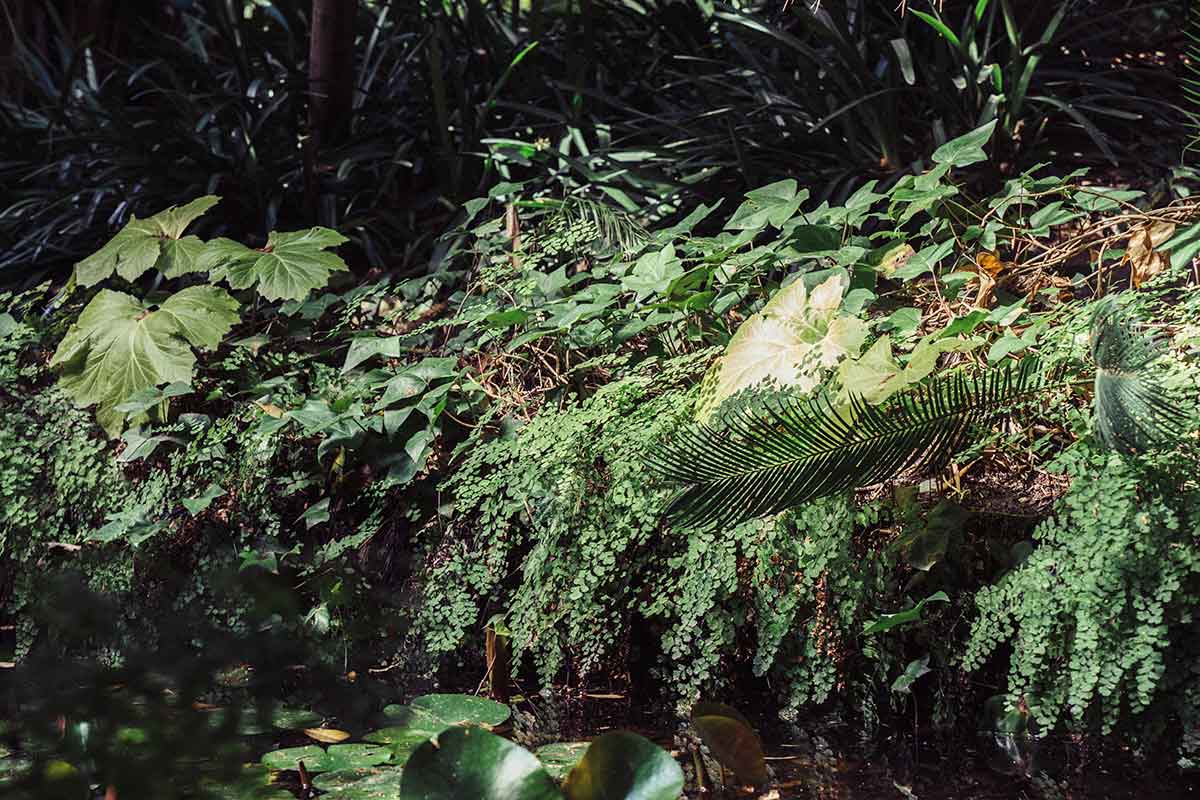
Safety advice for solo female travellers
To begin your adventure and create an authentic connection with local culture from the start, consider the NomadSister option. This platform connects you with trusted female hosts ready to welcome you. More than just accommodation, it's an opportunity to share a human moment, exchange experiences, and benefit from the expert advice of a local woman to discover the region differently.
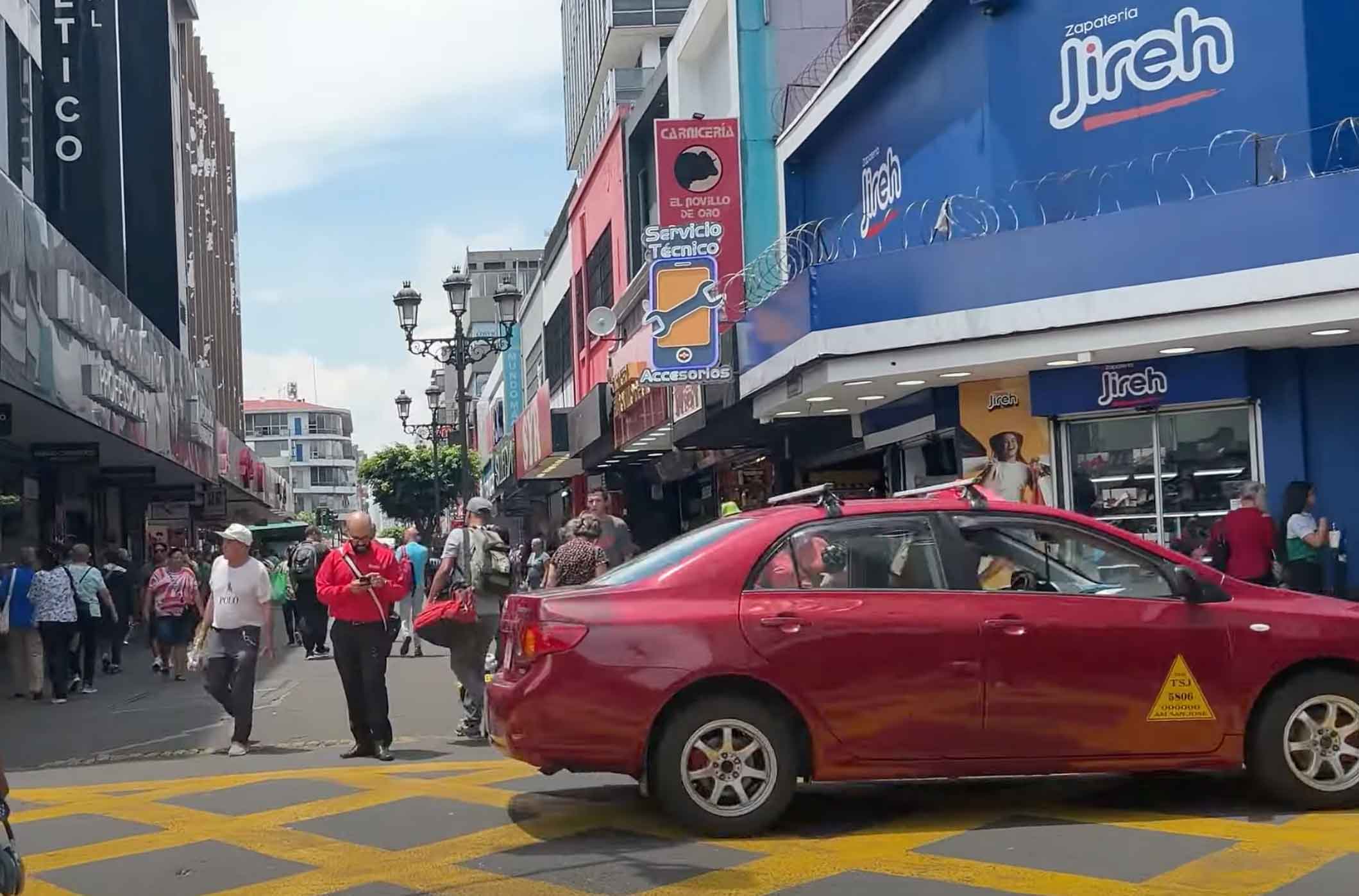
Testimonials and experiences of female travellers
I've met numerous solo female travellers sharing positive experiences. Marie, a Canadian I met in La Fortuna, confided: "I feel safer in Costa Rica than in many North American cities."
- Surfing (beware of currents)
- Forest hikes
- Volcano tours or zip-lining
Transport safety: roads, taxis, and public transport
Costa Rican roads can be tricky: potholes, sometimes insufficient signage, and daredevil drivers. A 4x4 vehicle is recommended for certain regions like the Nicoya Peninsula.
For taxis, use only official vehicles or Uber. Always establish the price before boarding if the driver refuses to use the meter.
Travel insurance: why is it essential?
A good travel insurance is crucial. During my second trip, I had to be hospitalised in San José following severe dehydration.
- Medical expenses without overly restrictive limits
- Medical repatriation
- Planned activities (hiking, diving, etc.)
- Trip cancellation or interruption
What to do in case of problems
When travelling alone, you are your own lifeline. So prepare for everything.
- Note local emergency numbers (police: 911)
- Keep a copy of your identity documents
- Back up your documents to the cloud (Google Drive, Dropbox)
- Maintain a list of contacts to notify in case of trouble. I had a card in my bag with my personal info + blood groups + emergency contact. It takes up no space, but can change everything.
How to Obtain Medical Assistance?
The Costa Rican healthcare system is of good quality, especially in urban and tourist areas. Pharmacies can often advise on minor issues. Private establishments like CIMA hospitals or Clínica Bíblica in San José offer international standard care, but are costly.
- The Costa Rican Tourism Institute (ICT) has information offices in tourist areas.
- The Tourist Police are specially trained to assist visitors.
- Embassies and consulates can provide emergency assistance.
So, Is Costa Rica Dangerous or Not?
Objectively? Costa Rica is not a dangerous country.
Did you like this article?
- Solo travel in Bolivia — mountains, meaningful encounters, and freedom on your own terms.
- Bolivia: tourism and danger — what no one tells you, but you really should know.
TRAVEL| ADVENTURE| ROAD TRIP
The editorial team:
Whether you are an avid traveller or a first-time adventurer, all NomadSister editors are passionate about travel. They share their advice and experiences with the desire to give you wings!
Who are we?
